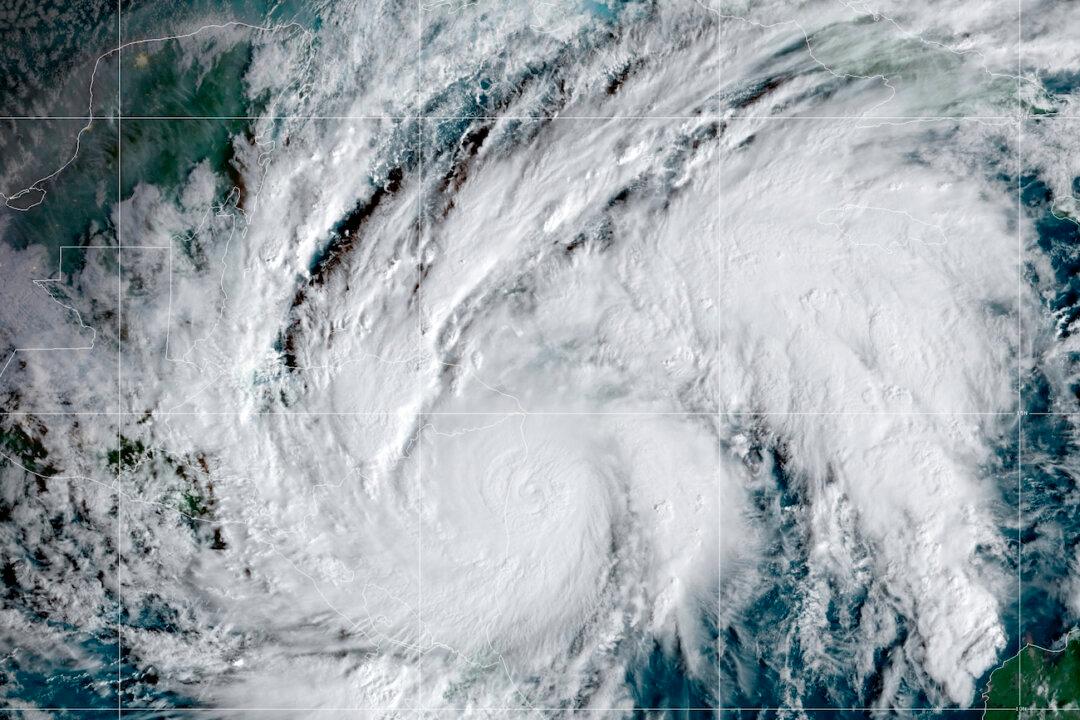MANAGUA, Nicaragua—The heart of powerful Hurricane Eta began moving ashore in Nicaragua Tuesday with devastating winds and rains that had already destroyed rooftops and caused rivers to overflow.
The hurricane had sustained winds of 140 mph (220 kph), according to the U.S. National Hurricane Center, down from an overnight peak of 150 mph (240 kph). Even before it made landfall, Honduras reported the first death after a mudslide trapped a 12-year-old girl in San Pedro Sula.





